The above feature photo (taken when visiting Hollywood Cemetery in July 2017) captures the irony of Richmond’s continual and nearly complete reconstruction. It’s a city in a state that depended upon the James River as a lifeline for establishing and building American civilization. Yet, the river seems not to “wash away all sins,” as the song “Oregon Hill” lyrically expresses (see part 1), but is instead today the conduit “where sin begins,” offering little to no hope of redemption. Lest we forget, godless shall we become.
Hollywood Cemetery
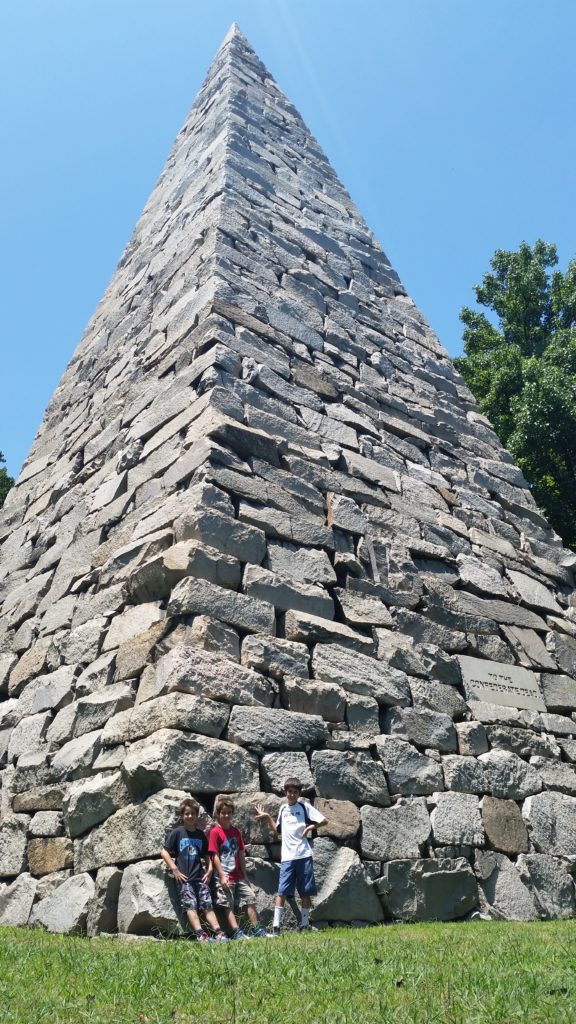
Designed by Charles Henry Dimmock, this 90-foot pyramid stands as a monument to the 18,000 Confederate soldiers (11,000 remain unidentified) buried at Hollywood. The Latin inscription on its other side, “Numini et patriae asto,” means “They stood for their God and their country.”
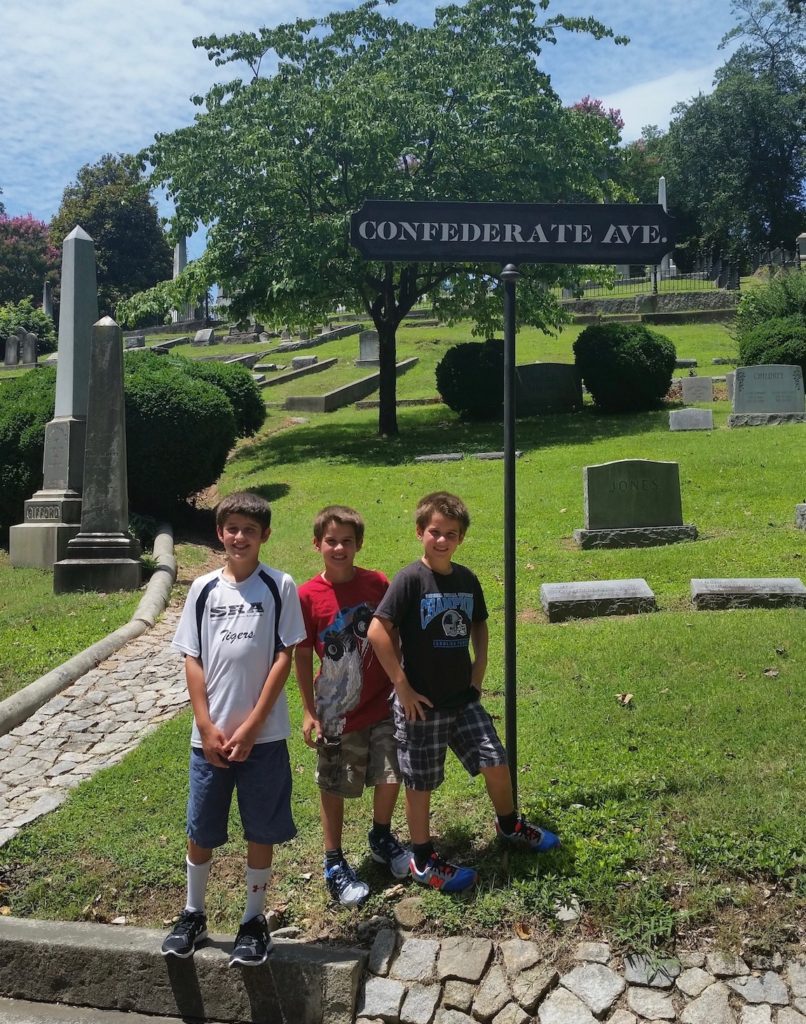
I wish my road was called Confederate Avenue. Maybe one day for me, or at least for my children or grandchildren.
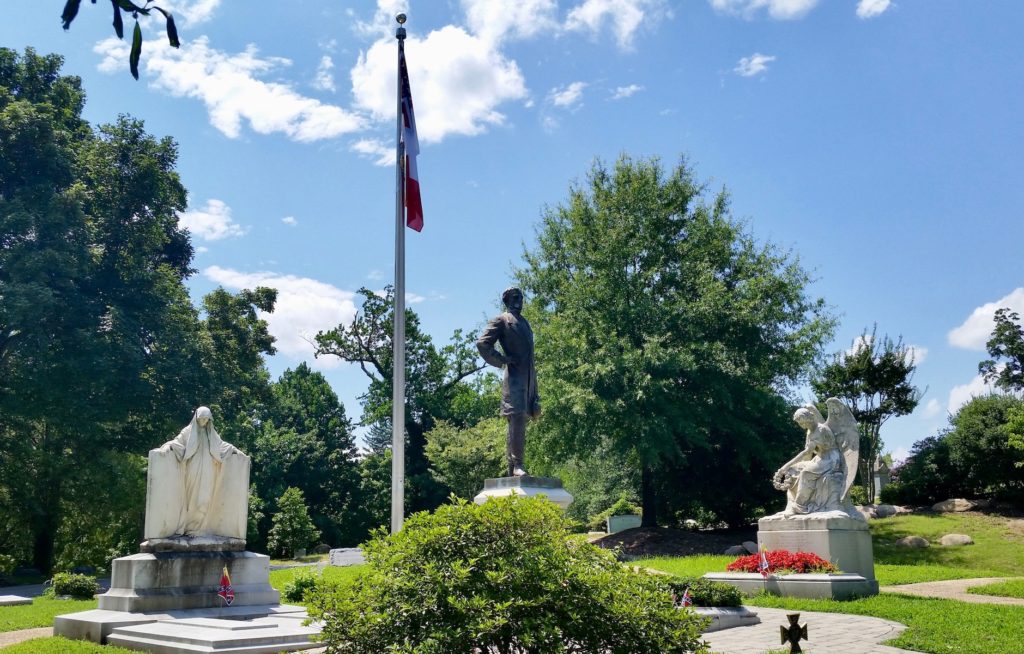
The final resting place of Jefferson Davis, president of the Confederate States of America. His wife, Varina, decided to relocate her late husband’s remains from Metairie, Louisiana, to Richmond some three and a half years after his death. One of the pallbearers on the trip, Patrick Henry of Brandon, Mississippi, wrote that he told a reporter who was mystified by the reverence shown to Davis by so many people encountered en route to Richmond, that he’d “take him down to the James River, and baptize him in the waters of Democracy.” But, he “never saw him, after reaching the city, but it was his loss.”
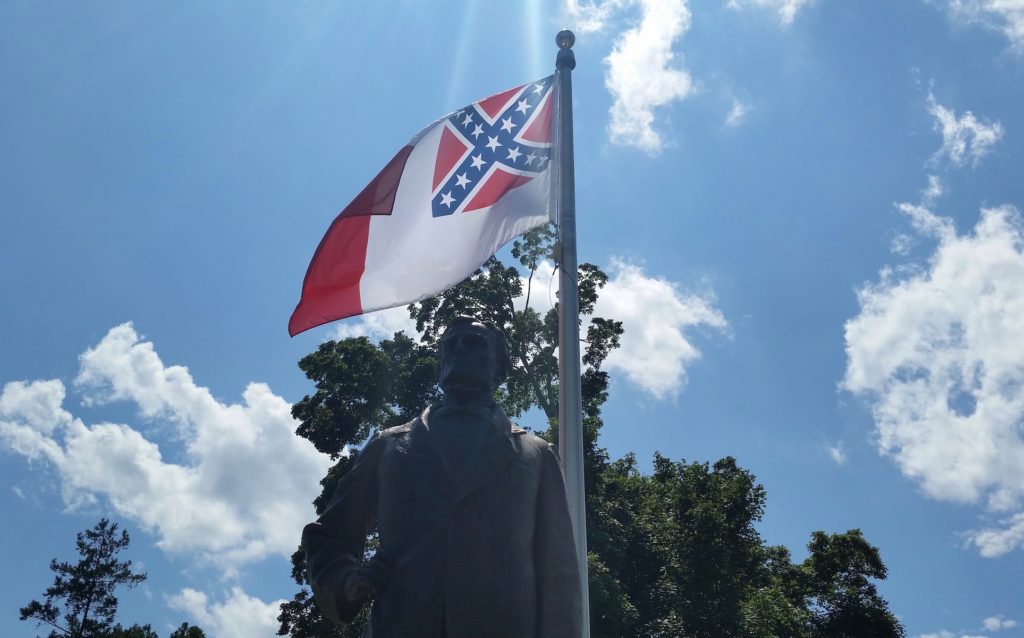
Born in Kentucky, Davis was a Mexican War hero, U.S. senator from Mississippi, U.S. secretary of War and one of three American presidents buried at Hollywood. The Confederate Blood-Stained Banner waves atop the memorial statue just behind both Jefferson and Varina Davis’ grave.
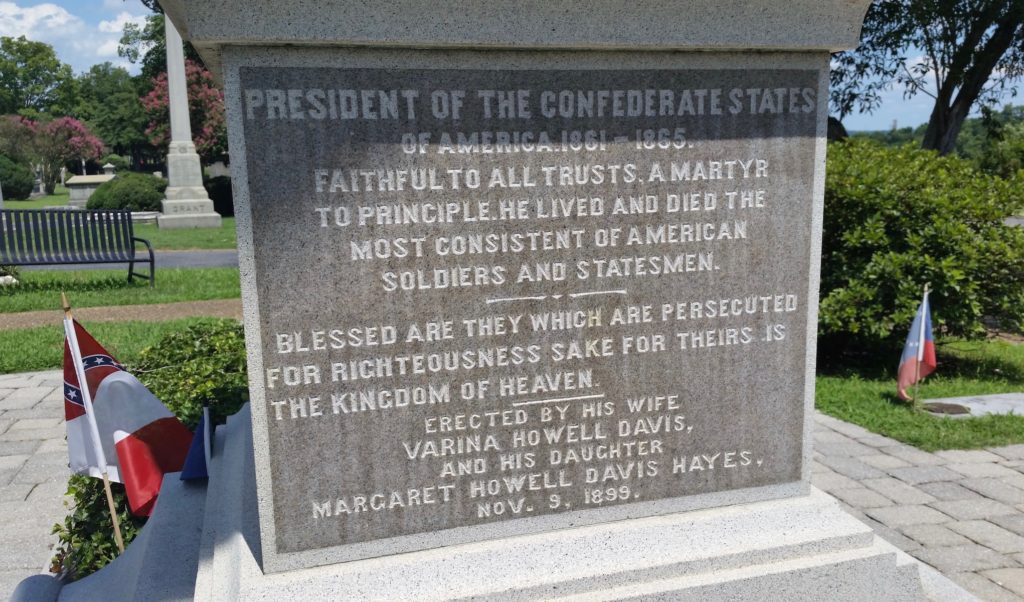
So much can be said about Davis, whose real history is way more interesting than is the mainstream drivel. I mean, what other American president can say he’s been imprisoned and tortured by federals yet never bent his principles of states’ rights and decentralization? “Let us alone!” was indeed his rallying cry.
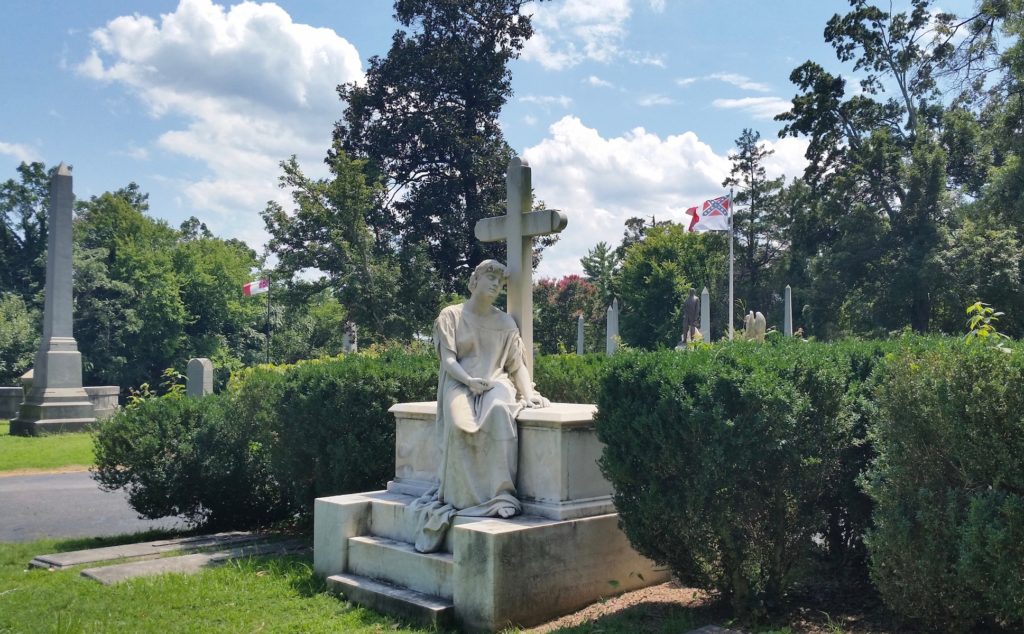
“While Jefferson Davis never sought a pardon, and never apologized … he did, in the twilight of his life, urge the Southern people to put aside any lingering animosity left over from” the War Between the States. Some of the country’s most ardent reconciliation proponents were former Confederates.
John Tyler, historian Brion McClanahan’s favorite commander in-chief, is interred with his second wife Julia Gardner Tyler beneath this monument. In addition to being 10th president of these United States, Tyler was an ardent constitutionalist, advocate for states’ rights, political peacemaker, representative of Virginia at the Provisional Congress of the Confederacy, and a member-elect of the CSA’s House of Representatives. Tyler was such a bulwark against federal tyranny and for limiting the size and scope of government that his fellow Whigs kicked him out of the political party — while he was president!
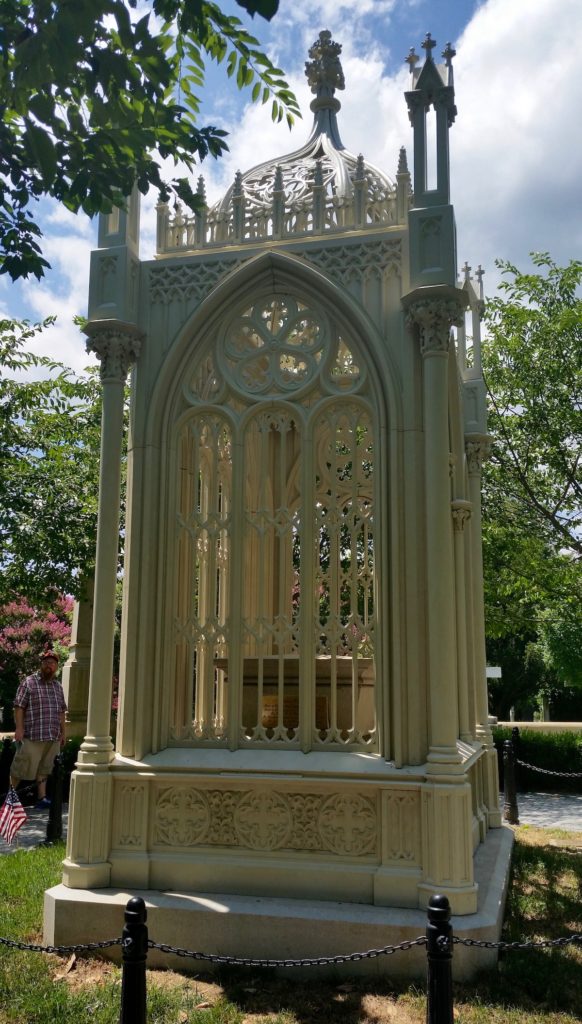
Known as “The Birdcage,” this is the final resting place of statesman and diplomat James Monroe, 12th and 16th governor of Virginia, and 5th president of these United States. This Founding Father was the last in what is sometimes referred to as the Virginia Dynasty. As a delegate to the Virginia Ratifying Convention, Monroe opposed the ratification of the US Constitution. Articles of Confederation for the win, Mr. President!
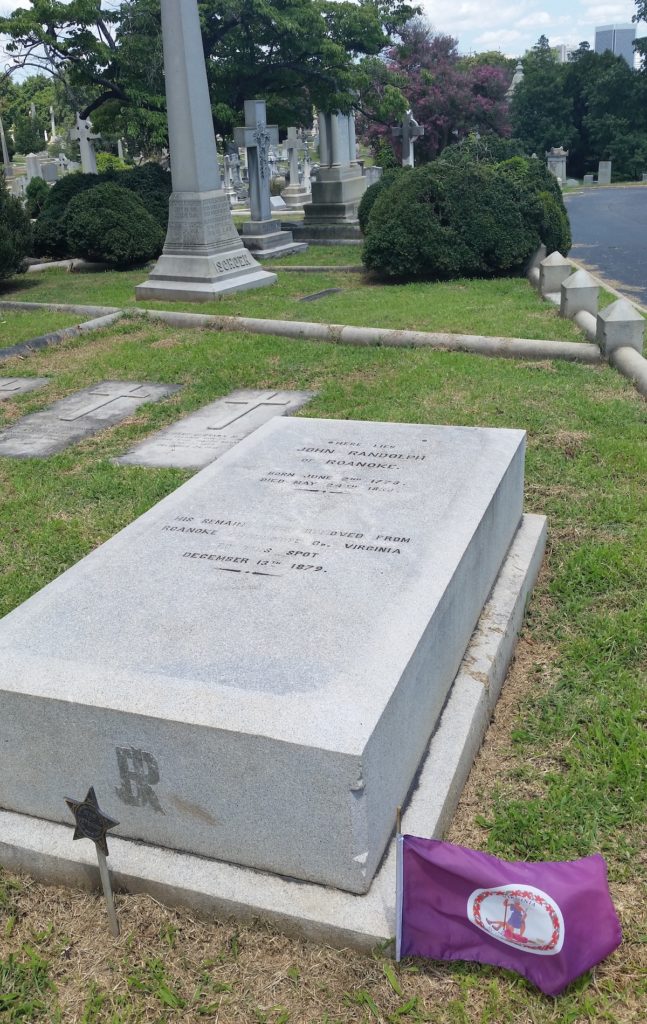
Here is the grave of John Randolph of Roanoke: the son of Virginia’s famous Bland family and a direct descendant of Pocahontas, a trusted advisor of Jefferson, and a longtime US congressman. “There is no more singular statesman or person in the history of American politics than John Randolph of Roanoke,” remarks Dr. John Devanny, who calls him the “Saint Michael of the South.” It is said that this Burkean conservative was buried facing West so that he could keep an eye on archrival and centralizer Henry Clay.
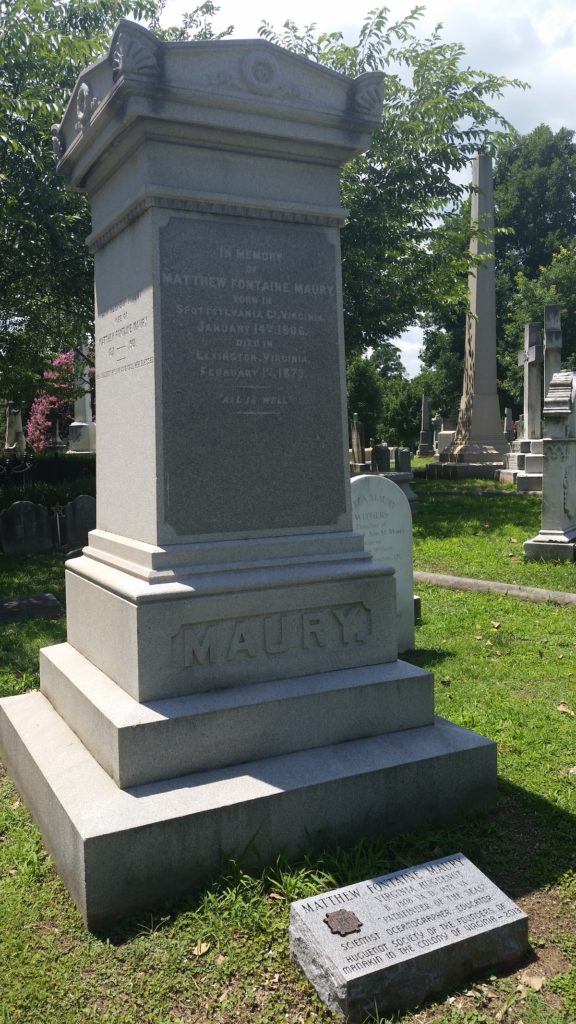
Oceanographer Matthew Fontaine Maury, known as the “Pathfinder of the Seas,” helped the Confederacy acquire the CSS Georgia. He was a US Naval Superintendent before resigning his post in order to become a commander for the Confederate Navy. Considered one of the founders of modern oceanography and a pioneer hydrographer, in 1862, the respected scientist and innovator was “sent to Europe to lobby foreign governments and procure vessels and supplies for the Confederate navy.” He even played a part in the short-lived idea of Confederate resettlement in Mexico.
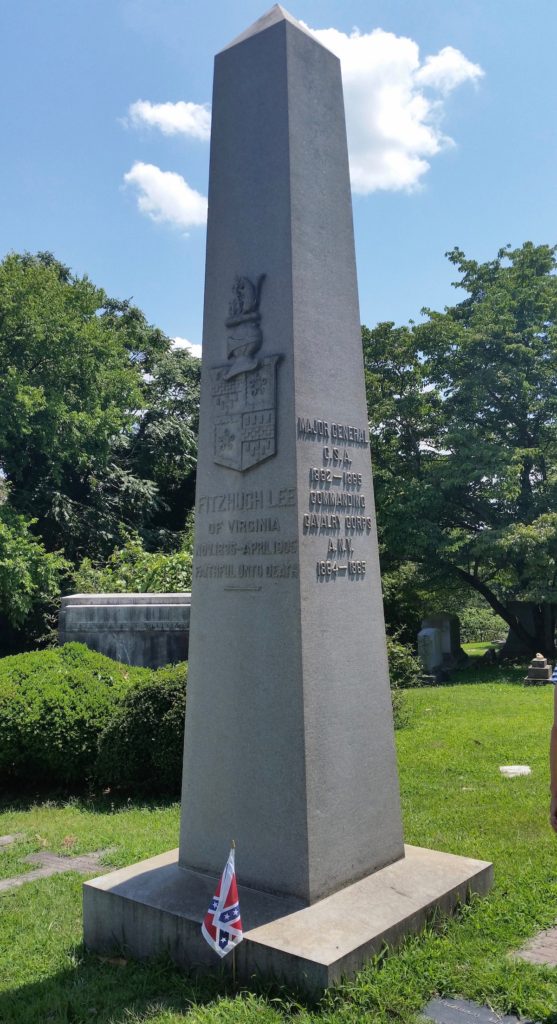
The grave of Fitzhugh Lee, Confederate cavalry general and 40th governor of Virginia, was grandson of Henry “Light Horse Harry” Lee, a nephew of Robert E. Lee, and great-grandson of George Mason. He was also consul-general of Havana under presidents Cleveland and McKinley, military governor of Havana and Pinar del Río, a brigadier general in the US Army, and a historical writer.
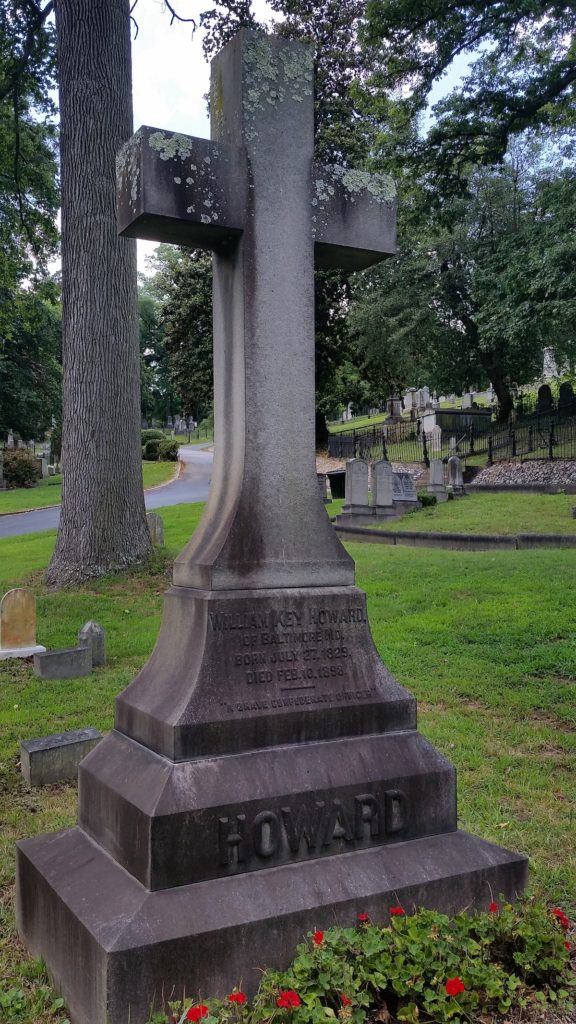
William Key Howard was a proud Confederate officer and grandson of Francis Scott Key, author of “The Star-Spangled Banner.” I’ve written previously about how Howard was arrested and jailed by the feds due to an essay he’d written criticizing Lincoln’s suspension of the writ of habeas corpus. Ironic, eh? When noticing the US flag flying over an attacked Fort McHenry and an invaded and captive Baltimore, Howard said, “The flag which then [Key] so proudly hailed, I saw waving at the same place over the victims as vulgar and brutal a despotism as modern times have witnessed.”
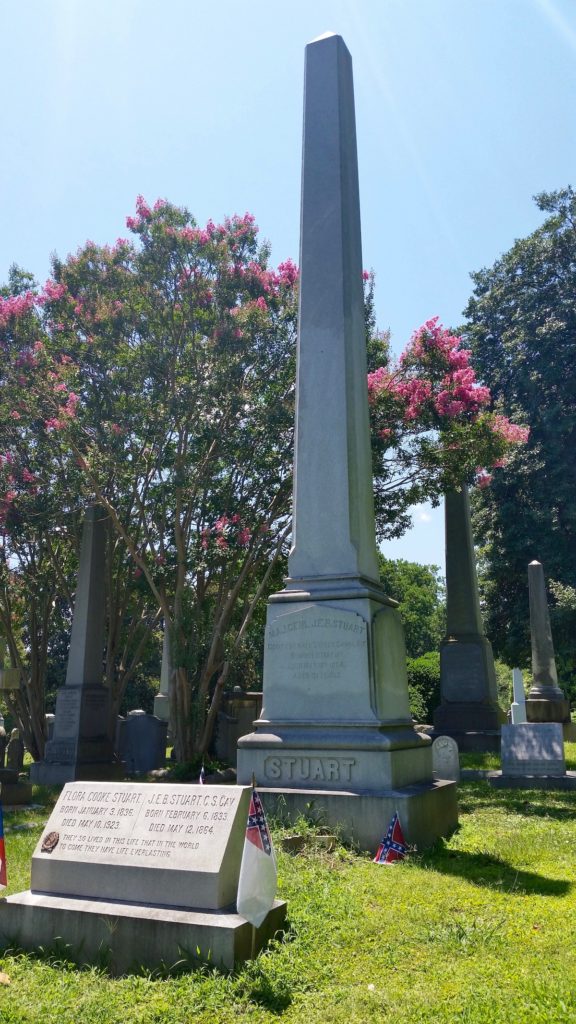
Here lies James Ewell Brown “J.E.B.” Stuart: Confederate major general, the eyes and ears of Robert E. Lee, and a true Virginia cavalier. As a cavalry commander, this “Knight of the Golden Spurs” was known for his mastery of reconnaissance and implementation of offensive tactics. This Virginia native was mortally wounded at the Battle of Yellow Tavern during the Overland Campaign. Also nicknamed “Beauty,” Stuart’s famous ostrich-plume hat, which he always wore cocked, is preserved at the nearby White House of the Confederacy.
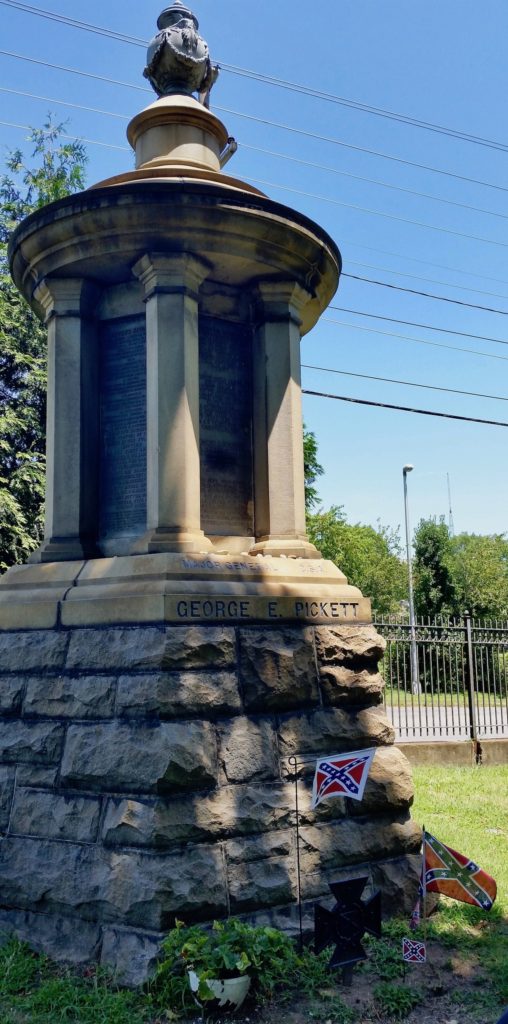
The grave of Richmond native Major General George Pickett, who’s best known for the famous and bloody Pickett’s Charge during the Battle of Gettysburg. After the War, Pickett faced prosecution for his alleged execution of Confederate deserters, so he and his wife fled to Canada and even Egypt for a while. Pickett ended up returning to Virginia and received a full pardon by Act of Congress about a year before his death.
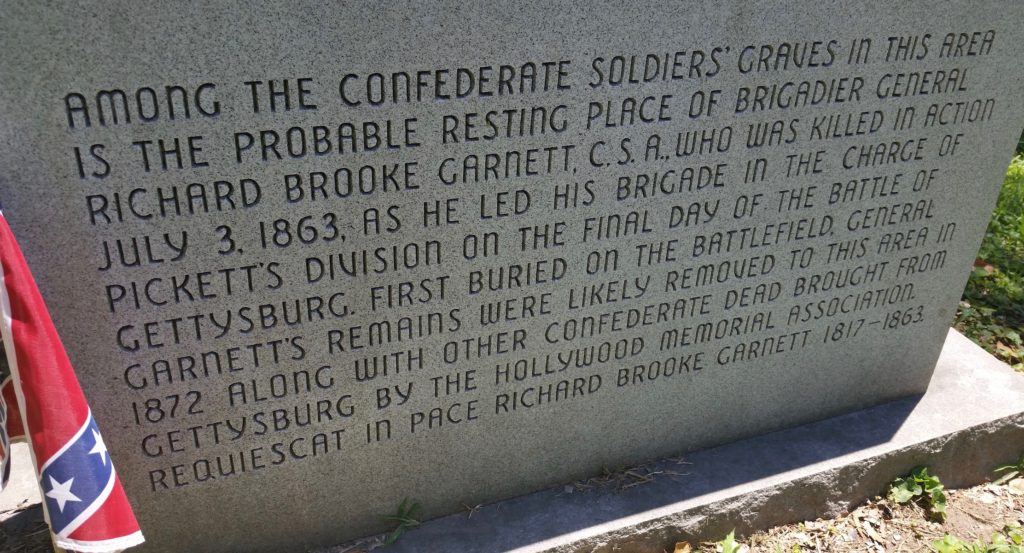
Brigadier General Garnett rallied the rebels in the infantry assault that came to be known as Pickett’s Charge.
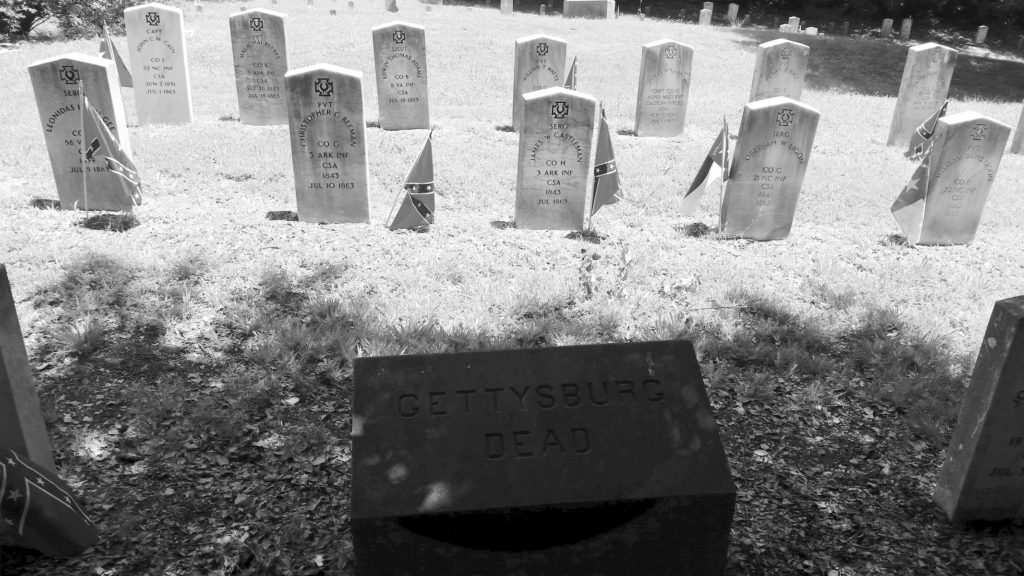
The vast majority of Confederates killed at the ghastly Gettysburg battles are buried at Hollywood. (My eldest son edited this pic for effect.)
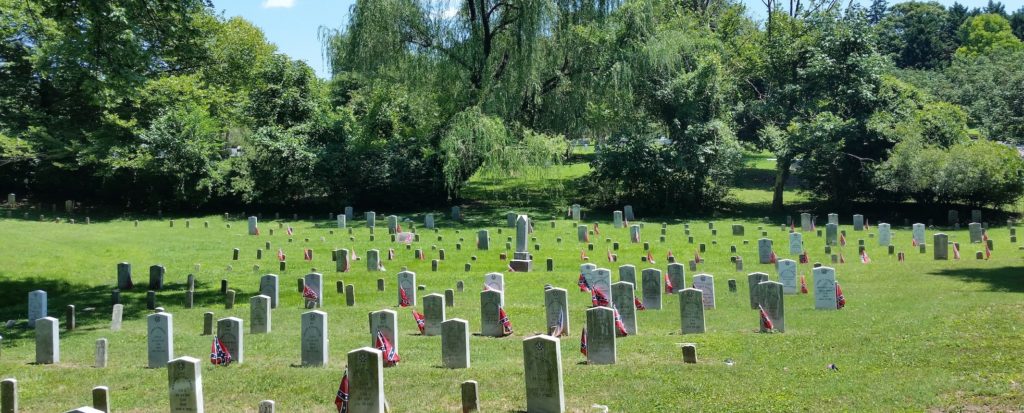
Another view of the many fearless fallen who now reside at Hollywood.
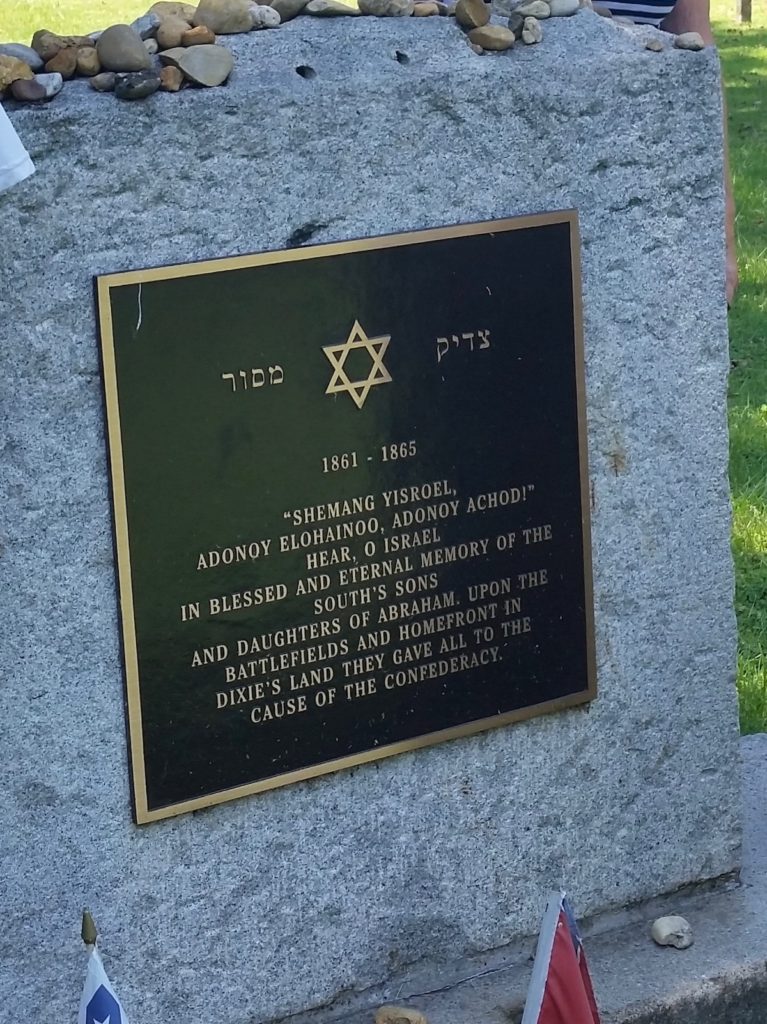
The Jewish Confederate Monument, memorializing the Jewish soldiers who perished fighting for Virginia during the War Between the States. It’s estimated that “10,000 Jews served in the Confederate government and military, and a number of all-Jewish companies were raised,” including one in Virginia.
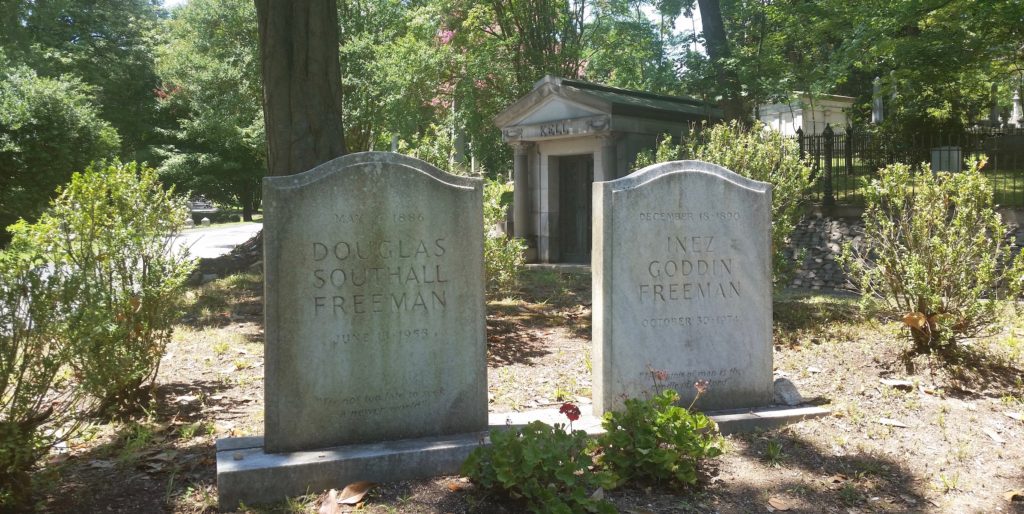
The graves of Douglas Southall Freeman — Southern historian and the person for whom my high school was named — and his wife Inez. In my essay “Strip Freeman High School of a name it doesn’t deserve,” I write about the Pulitzer-prize-winning man of letters, as well as the “hollowed out shell” into which Richmond has devolved.
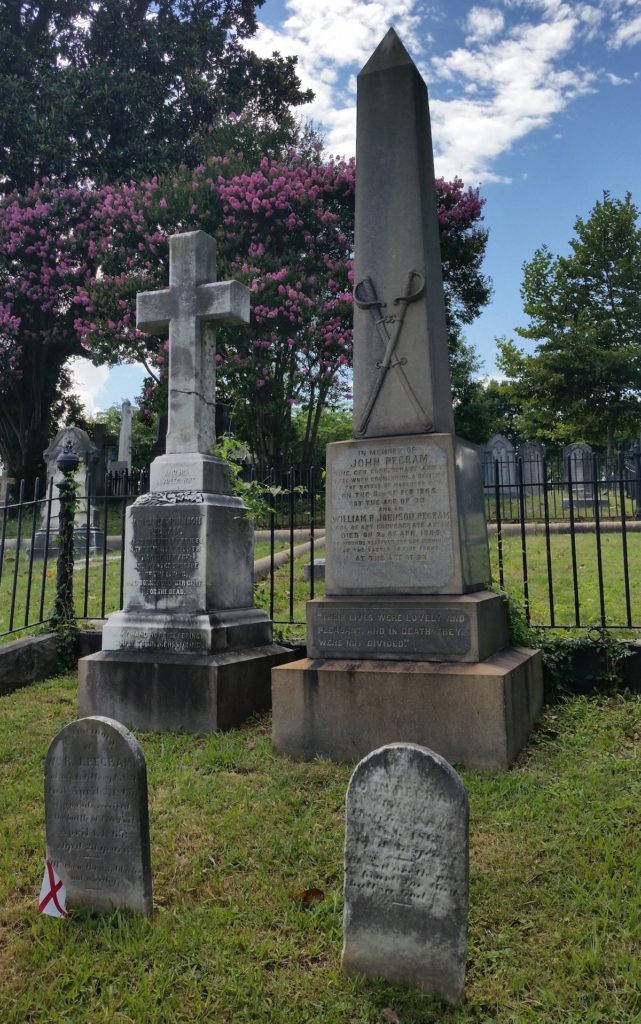
Buried on the right is Confederate Brigadier General John Pegram. Born in nearby Petersburg, he was married at Richmond’s St. John’s Church, where Patrick Henry gave his famous “Liberty or Death” speech. The happy event was even attended by Jefferson and Varina Davis. Just three weeks later, Pegram was mortally wounded at the Battle of Hatcher’s Run while defending his city during the lengthy Siege of Petersburg. Pegram’s funeral was held at the very same church “with most of his wedding guests returning as mourners.”
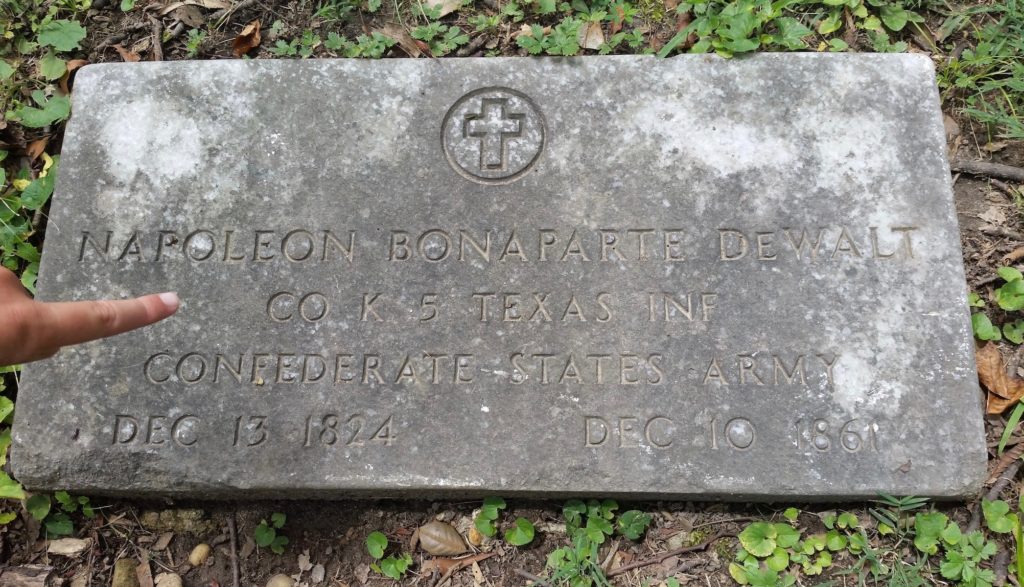
This moniker is as unique as Confederate General Simone Bolivar Buckner. Southerners had (and often still do have) the most fascinating names.
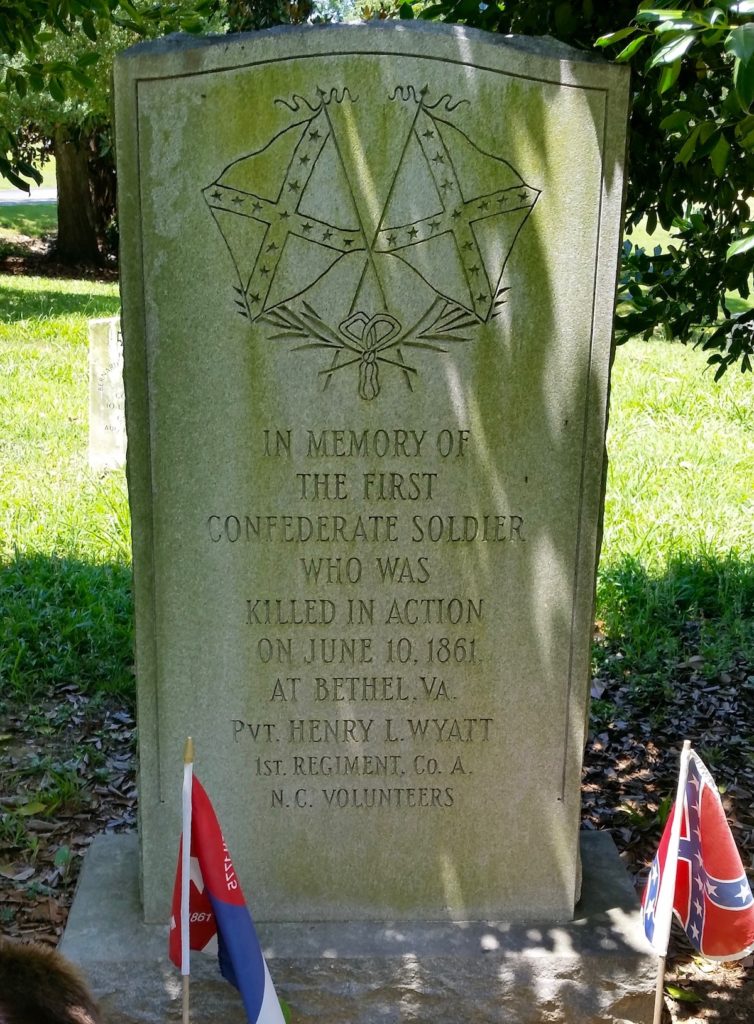
The resting place of the very first Confederate veteran, a Carolina volunteer named Pvt. Henry L. Wyatt.
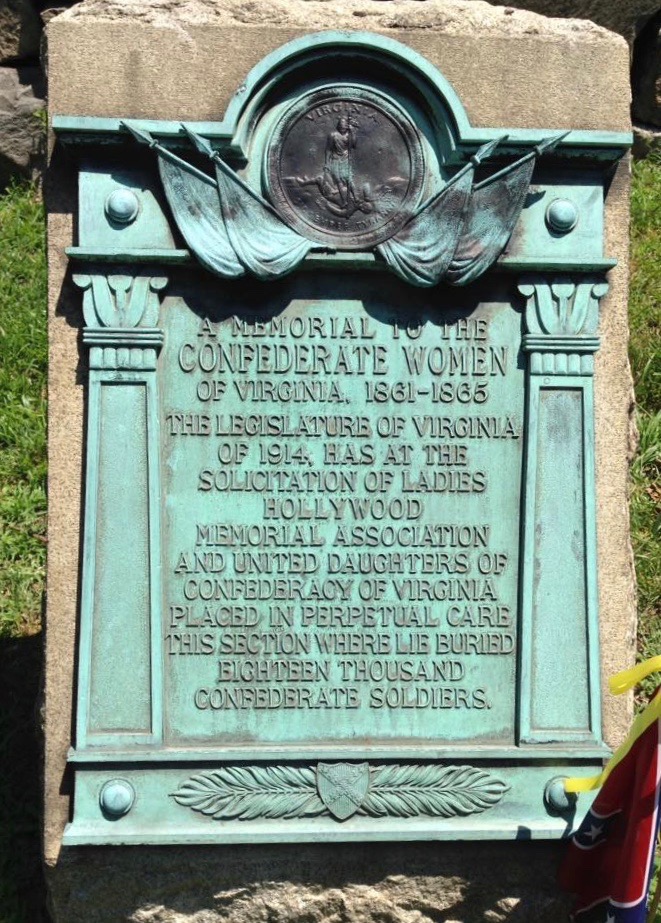
In 1877, Southern writer Albert Taylor Bledsoe asked, “Has it not been made plain, that the women of the late Confederacy were in no whit behind their noble predecessors of Revolutionary fame, in piety, patriotism, heroism and long-suffering?” Southern women, many of whom were widowed, raped, lost sons and grandsons and their homes and family heirlooms during the War, were tough as nails. God sure broke the mold when He made those resilient Southern ladies.
Many ornate Battle Flags and other Confederate imagery embellish tombstones around Hollywood. Here’s a little info I found on Capt. Skinker.
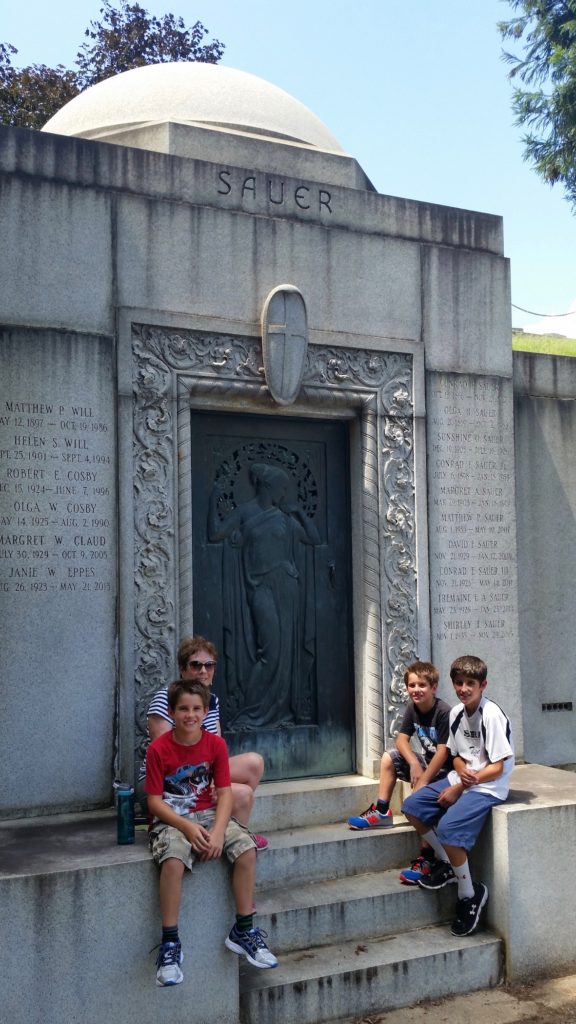
The family burial spot of C.F. Sauer, the distributor who put on the map the greatest condiment known to all of mankind: Duke’s Mayonnaise!
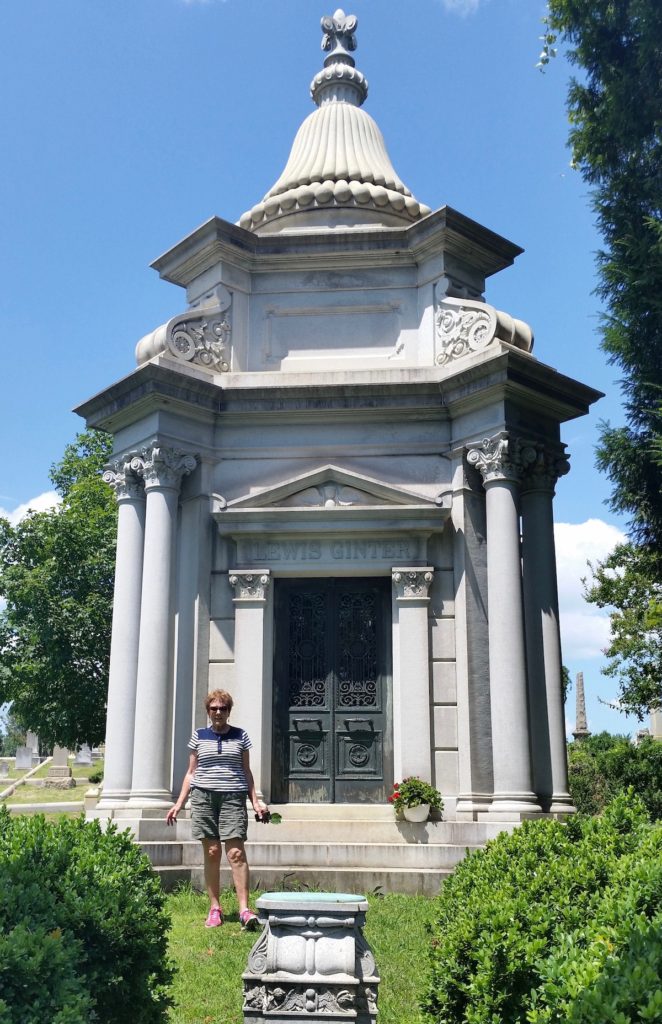
Lewis Ginter, prominent businessman was a native New Yorker but loved Richmond. Known as “The Fighting Commissary,” he joined the Confederate army and served under one of my ancestors General A.P. Hill. In fact, it was Ginter who spearheaded the idea that Hill should have a monument in Richmond, so his real estate development company donated the land for Hill’s memorial statue and grave, which is located on Laburnum Avenue in the north side. Due to his philanthropy and warm embrace of his adoptive city, you can often spot the Ginter name around town, harkening back to a time when good people built their homes up, not tore them down.
Monument Avenue: Then & now
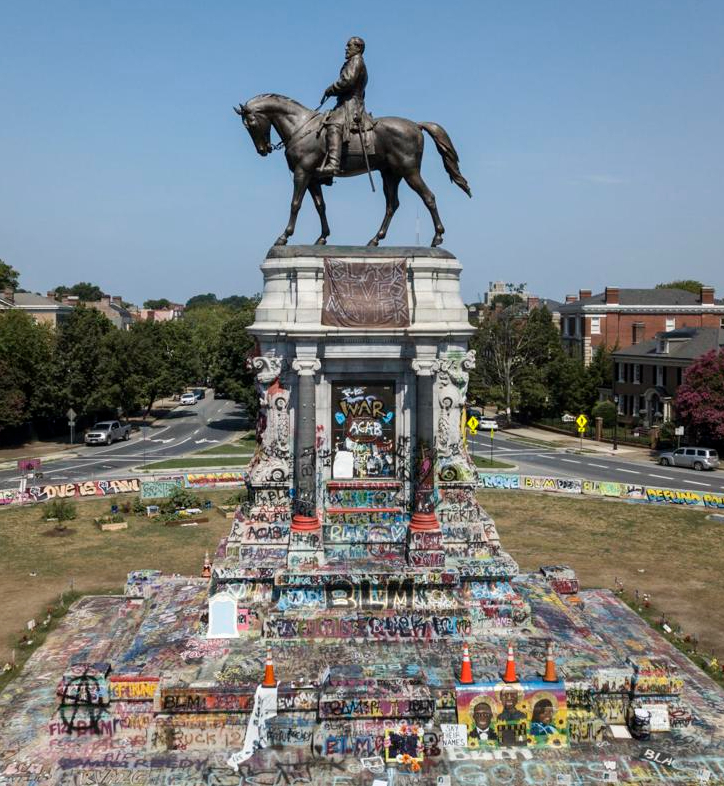
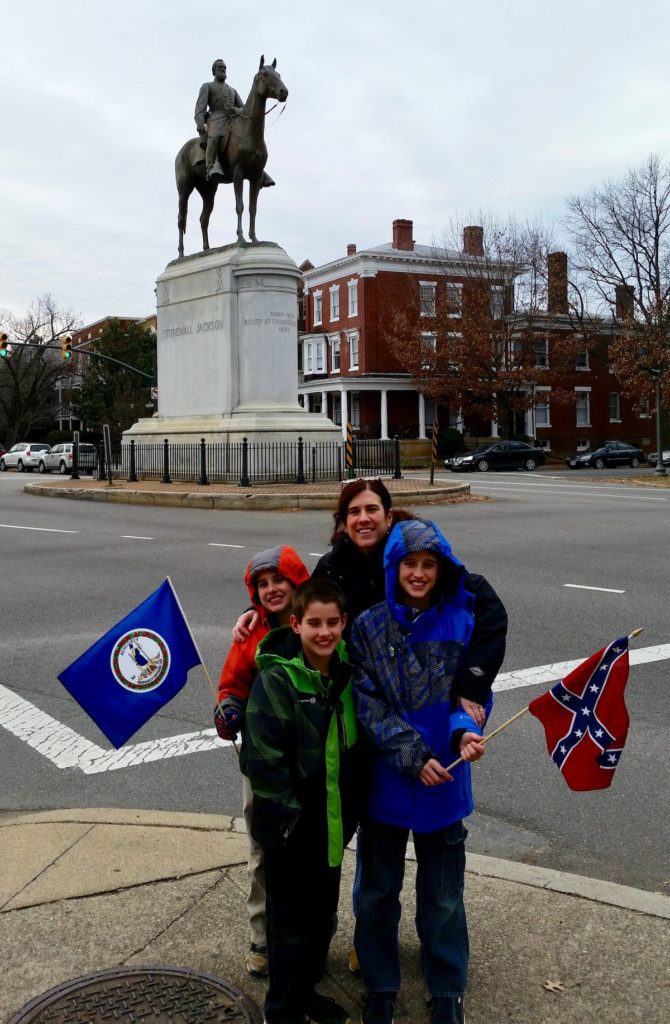
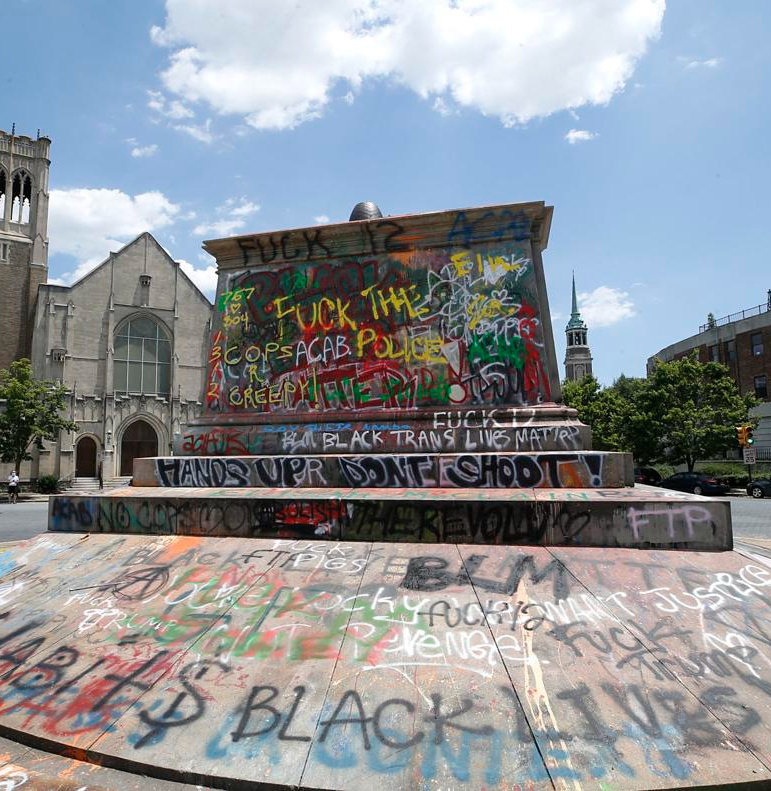
After visiting Hollywood, we swung by the 60-foot Lee on Traveler statue on Richmond’s Monument Avenue, the famous street whose very existence was conceived during a site search for the general’s memorial. We visited the now-infamous road again in December 2017 to snap photos in front of Stonewall Jackson and J.E.B. Stuart. Contrasting with these images is what they look like today: monuments to nihilism, mass democracy, and despotism, just like our Confederate ancestors warned us about.
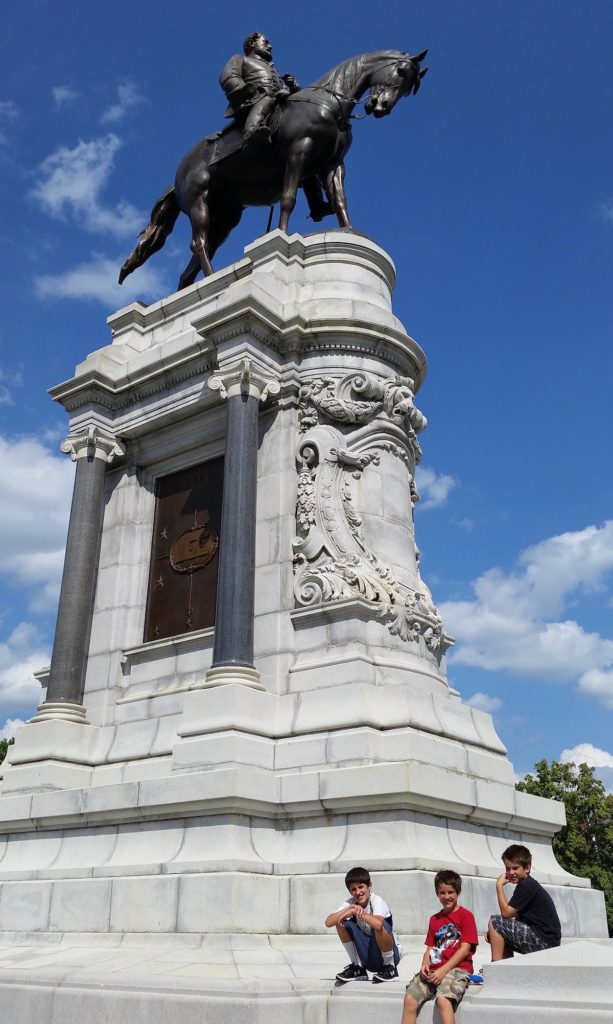

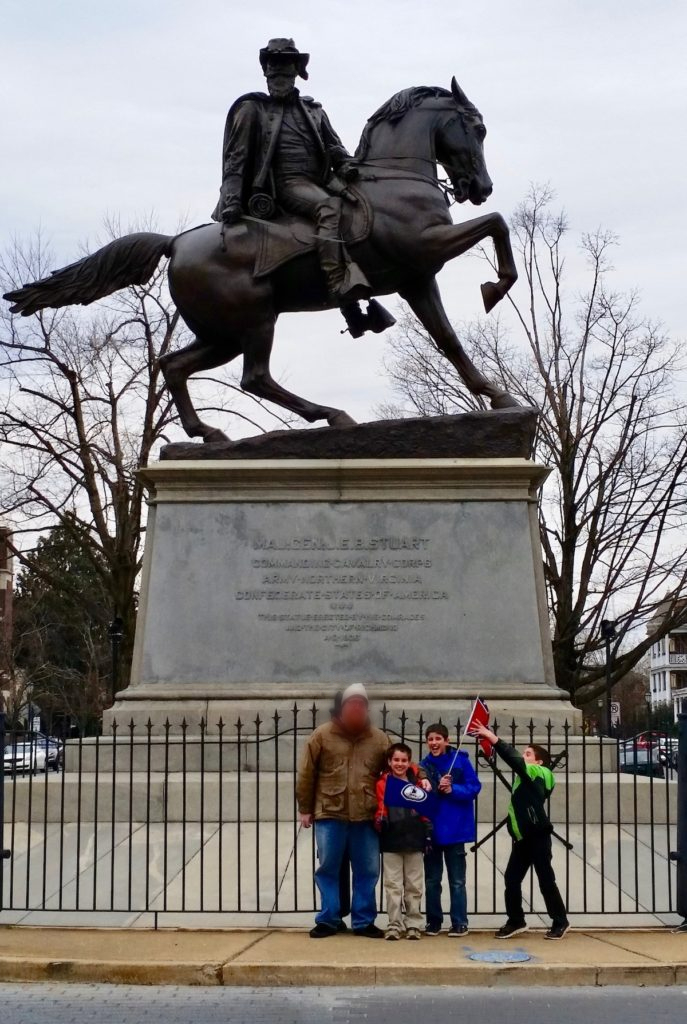
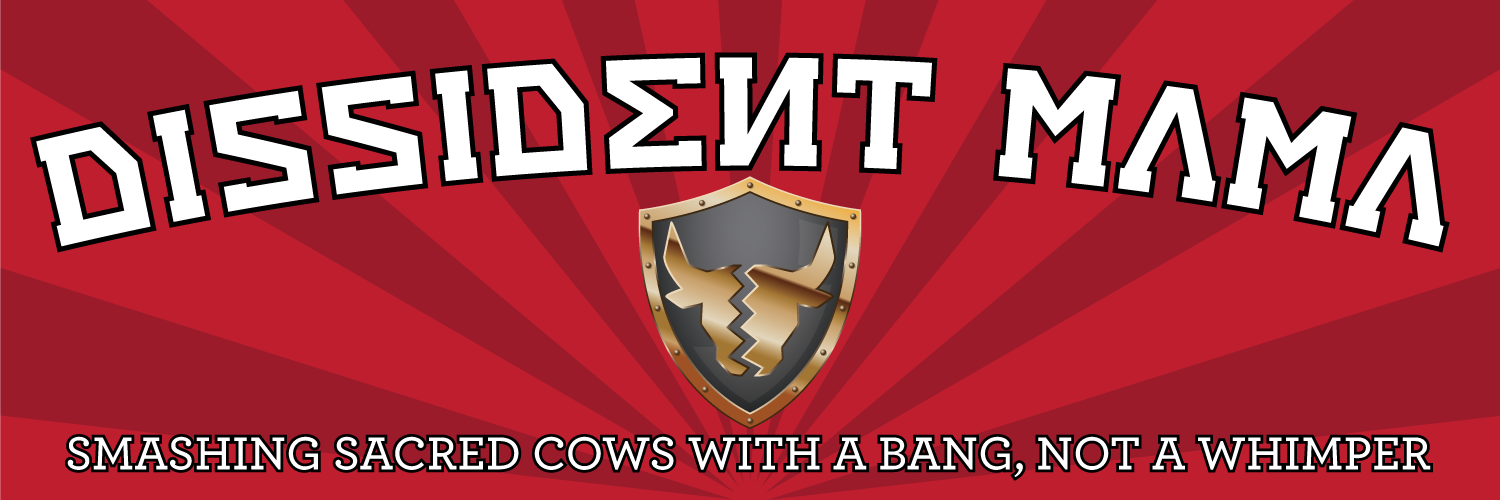
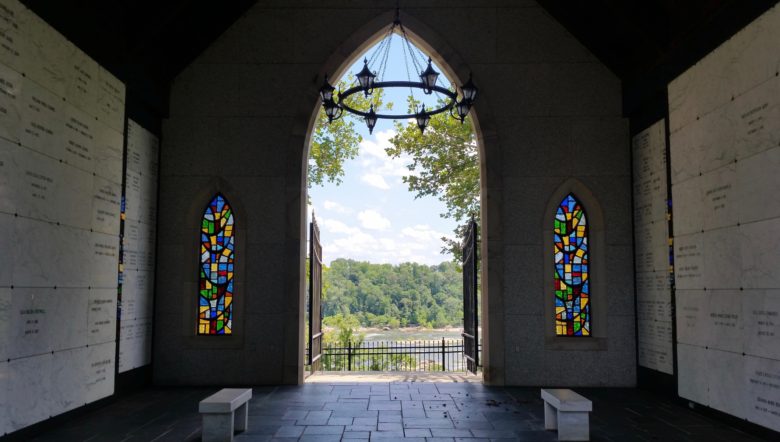
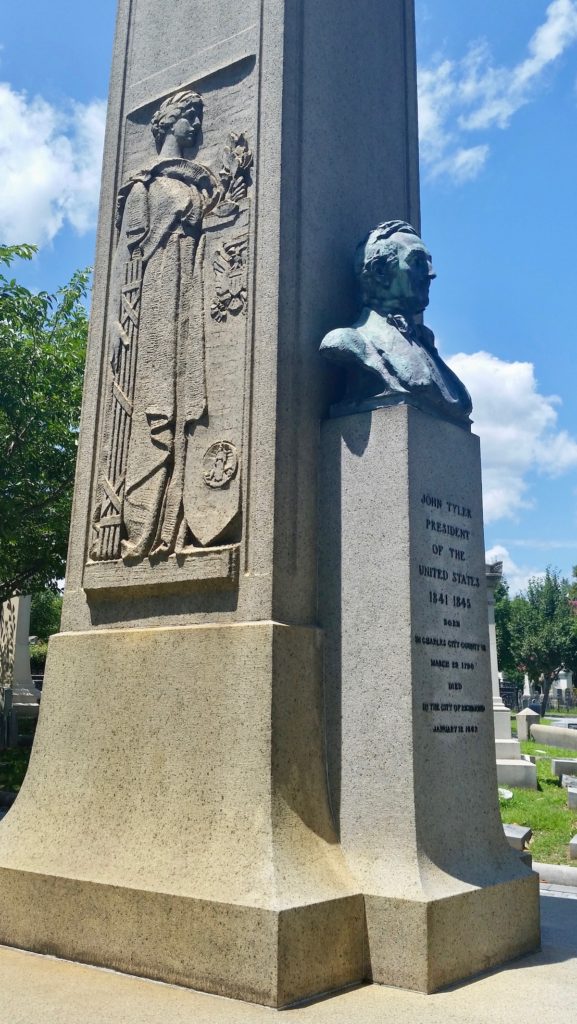
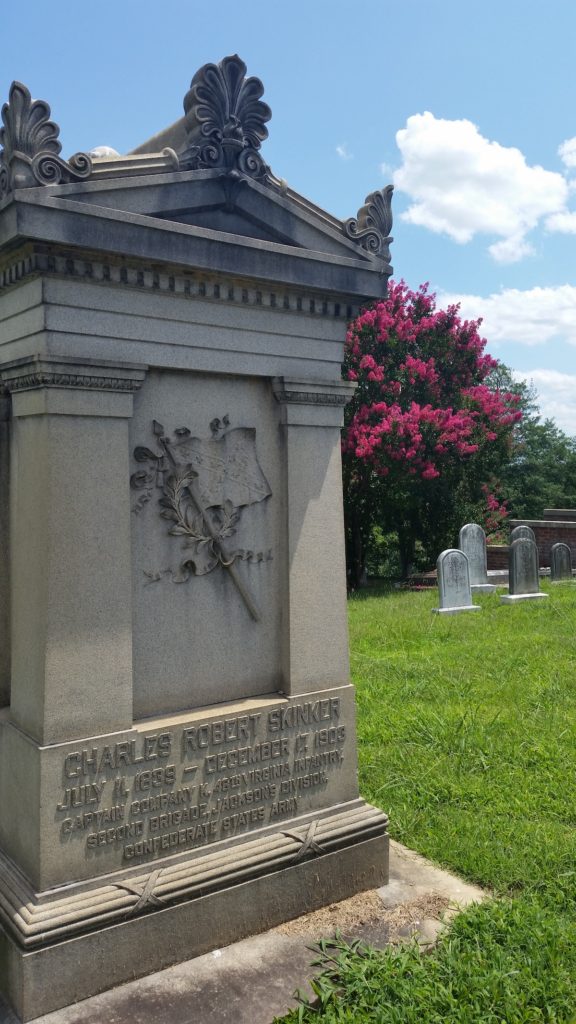

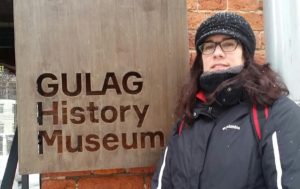
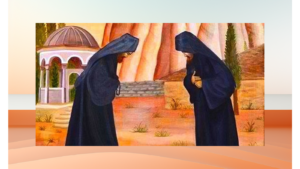
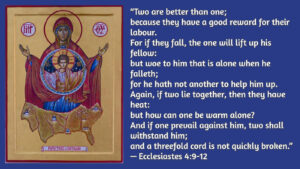
Comments
As far as social developments go,in any country,it’s always very much a ” numbers game ” . As population numbers change drastically in the US,concurrent with them,and resultant from them,are the social changes now so much in evidence. Of course,behind the scenes,the World Occultocracy exerts its control. At the time of the US Civil War [ The War for Southern Independence ] , families ordinarily had 12 or 14 or 16 children,and such numbers of progeny were thought normal and commonplace. And today ? It’s very much a ” numbers game ” and ” numbers ” will – ” tell the tale ” . Thanks for all those beautiful photos.
Author
Joseph, agree 100%. This is why I’m always counseling young people (who usually don’t want to listen) to get married young and have lots of babies. Sure, it may fall on deaf ears, but maybe it will at least plant a seed. I wish someone had told me such things when I was in my late teens and early 20s.
Anyway, thanks for reading and commenting, and glad you liked the essays and pics. 🙂
Every seed contains all the information within to bear its own kind of fruit. Keep planting them, ma’am!; they’ll bear the desired fruit in due course.
Excellent 2-part series, btw. Well done! I’ve got to get to Richmond and Hollywood Cemetery in the near future.
Author
Thanks for the encouragement, TM. By the way, you’re planting some mighty fine seeds yourself over on Identity Dixie. And if you ever make it to RVA, let me know and I’ll plan a trip to see family and maybe can swing back over to Hollywood with you. 🙂